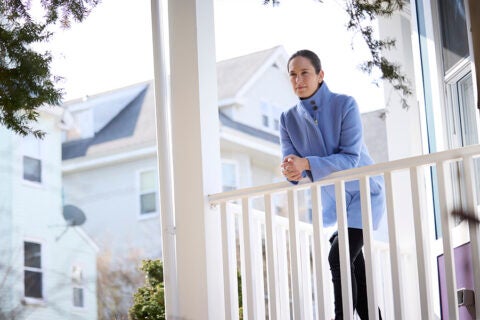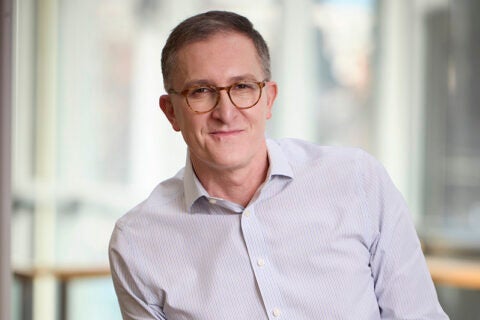Public Views of H1N1 Vaccine Shortage Follow-up

FIELD DATES: December 16-17, 2009
SELECT FINDINGS:
- Compared to November, fewer people believed there was a shortage of H1N1 vaccine – In November 2009 – almost a month after vaccine distribution began – more than three-quarters of Americans (82%) said the U.S. was experiencing shortages of the vaccine. In this December poll, about half (52%) said this. Asked about shortages in their own community, in November, 60% cited a local shortage whereas in this poll only about a third (34%) said this.
- More people who tried to get H1N1 vaccine succeeded – Three-quarters (74%) of parents who tried to get the vaccine for their children were able to do so. This means that – in total – nearly 4 in 10 parents (38%) got the vaccine for their children. Since the beginning of November 2009, there had been an increase in the number of adults overall who have gotten the H1N1 vaccine, according to this December poll (14% in December vs. 5% in November). More than half (57%) of all adults who tried to get the vaccine were able to get it.
- Many do not intend to get the H1N1 vaccine – More than a third of parents (35%) did not intend to get the vaccine for their children. The lead reason they gave is safety concerns, which was cited by 60% of these parents as a “major reason” for their decision. More than half of all adults (55%) did not intend to get the H1N1 flu vaccine.
- Discussions with health professionals – A relatively small fraction of people had talked to a health professional about getting the vaccine for themselves (24%) or for their children (37% of all parents). However, those who did ask had mostly gotten recommendations to get the vaccine. Of all parents who asked a health professional, 64% said the health professional recommended they get the vaccine for their child while only 10% recommended against it. A quarter (25%) made no recommendation at all.
METHODS AND SAMPLE: Telephone poll conducted with a nationally representative sample of 1,637 respondents age 18 and older, including 428 parents. The sample included 161 Hispanics and 158 African Americans.
FOR MORE INFORMATION:



